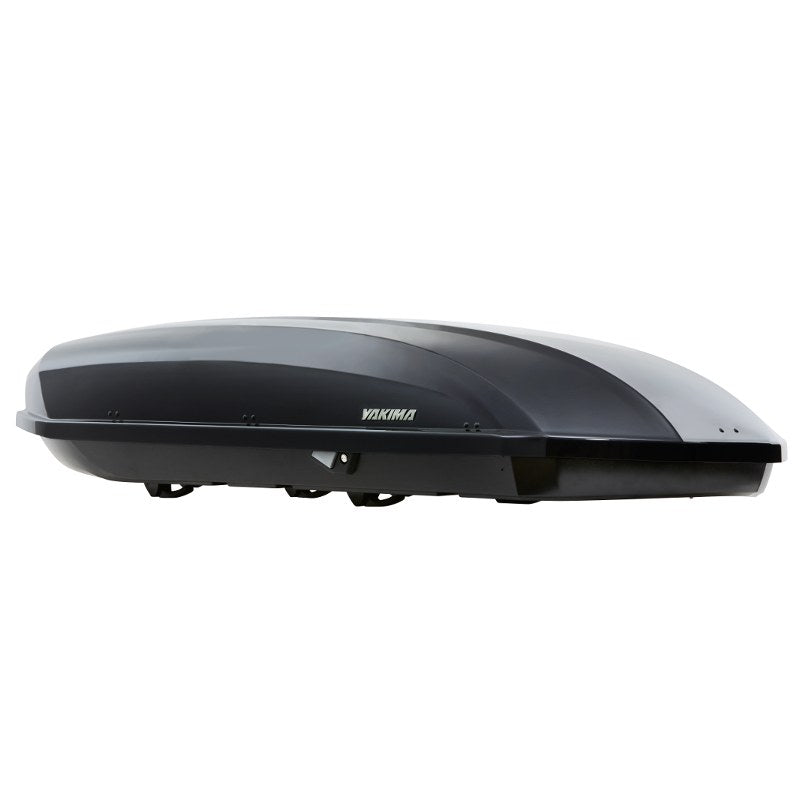Call or Text us at 587-855-1304
Menu
-
- Home
-
Paddle Sports
-
Resin and Fibreglass
-
Marine
-
Transport
-
Specials
- blog
-
- 587-855-1304
- Login
-
CAD

Call or Text us at 587-855-1304

Aniline Dye Water-based Stain versus Deck Stain for Wood Boat Construction
June 21, 2024 7 min read
At Timber Boatworks we are asked about appropriate stains for raw natural materials like wood or materials that are going to have epoxy and fiberglass in marine out door environments. In our experience there is a few major assumptions about stains and the compatibility of stains under epoxy or varnish. Generally, there are home use stains that offer some waterproofing and protection from UV damage and there are aniline dyes that offer colour but still require waterproofing and UV stabilization. For complex constructions such as boats, wood cars, wood airplanes, epoxy tables or exterior furnishings (tables, chairs, etc.), we desire a stain that can have other layers of reinforcement, waterproofing and UV protection. For decks and fences a very different approach is desired, generally the home build project wants a single application stain that offers some waterproofing and UV stability right out of the can in one or multiple layers with minimal sanding and prep work. This is where the confusion when using the term stain arrives, because a deck stain has serious challenges when the builder wants to add fiberglass or even varnish onto a waxed or oiled product.
Home store deck stains are very convenient to use when doing home projects like fences, decks and trim. Manufacturers offer many options in the Verathane, Behr and Minwax brands, which offer easy application semi-waterproof coatings on raw wood materials. These products are generally oil or alcohol based with a pigment, which when applied the oils rise to the surface of the material and partially seal the open grain of the wood. These can in some cases be recoated several times without having to sand or decontaminate the surface as the builder applies layers to seal the material. These stains are applied with a rag or foam brush and the raw wood is quick to absorb the pigment so thicker applications of stain do not affect the final result. These stains are almost always applied directly out of the premixed can without the need for thinners or solvents. These stains are appropriate and effective products for home deck and fence application with reapplication every couple of years to maintain the waterproofing and UV stability of the wood.
Home store deck stains are not able to be used under fiberglass or varnish because of the way in which they leave oils and waxes on the surface of the wood as a sealant. This waxy oily surface cannot be prepared sufficiently through sanding or solvent decontamination to have an inert wax free surface for epoxy or varnish to adhere. When applying deck stain, we cannot sand away the stain to have texture for the epoxy, and therefore this is not the correct product for any application where a second layer of epoxy or varnish is applied over the stain. When working with very resinous woods like cedar, the correct preparation for epoxy and fiberglass or varnish is to sand the surface and wipe the surface with acetone or isopropyl alcohol before applying the epoxy. A deck-stained plank cannot be sanded or acetone wiped without affecting the stained color by removing the pigment and removing the wax surface left by the product. This offers an insurmountable issue with using the deck stain, and if the builder chooses to fiberglass over the stain without any preparation to that surface the fiberglass will delaminate.

To solve this in our industry we use products that are called Aniline Dye or Water-Based Stain, which are pigment suspended in water that when applied to a natural material do not leave oil or wax residue on the surface. The reason that we require aniline dye or water-based stain is that our waterproofing and UV stability will be done with epoxy and fiberglass and then UV stabilization with Marine Grade Z-spar varnish. The stain is only offering us pigment to unify a repair, or offer contrast in our core material, but we still require 100% waterproofing from our epoxy and UV from our varnishing which occurs later in the building process. Aniline dye is often sold as a powder that is then added to water in different ratios to increase and decrease the opacity (darkness to lightness) of the pigment. Water-based stains are also able to be mixed with water and applied to a natural material, which means that we can lighten or lessen the amount of pigment on the raw material so that when we epoxy and varnish, we do not loose the rich grain structure that wood constructions are known for. Aniline dyes are applied with a foam brush in small sections so that the area does not become dry during application, and are wiped back with a clean cloth. Much like the deck stain, sanding the stained surface is going to change the color, so we do not always require sanding over a water-based stain because there is not surface contamination or seal to remove. Since we do not have to contend with wax or oil sealant, we can apply epoxy directly to an aniline dye surface and have the full strength of epoxy and fiberglass.
Do not confuse the term “Water-Based” with home store deck stains that contain alcohol or other solvents as the liquid component of the product, the alcohol-based stains like Minwax leave wax residue on the surface which lead to poor adhesion of epoxy and varnish. We have countless people that have made this mistake when purchasing stain and have either completed the application of the deck stain or have completed fiberglassing to have the epoxy resin not adhere to its full strength and ultimately delaminate from the fiberglass. If the stain is sold in a glass or aluminum can, it is not water-based but solvent based because solvents can dissolve or off gas in plastic containers. If the stain is sold in fluorinated plastic containers, then it is likely a water-based stain which can be used under epoxy or varnish.
Water-based stains are generally less expensive than deck stain comparable products, so the it’s a matter of choosing the correct material for your intended application instead of purchasing an expensive incompatible material. Amazon lists the SamaN water-based interior stain for $19.99, which can be overcoated with epoxy and fiberglass and varnish. The reason it is considered indoor is the stain does not provide water-proofing which is why we are using it below our epoxy and varnish. Minwax Oil based interior wood stain is listed on Amazon for $22.02. Aniline dye sold by LeeValley is $14.95 where one ounce powder pigment is mixed into a US quart (946ml) volume. The price for SamaN water-based or Aniline Water Stains is less than an oil based comparable.

It is very popular when building a wood kayak kit that our clients and builders use SamaN Water-Based Stain products on the sheer line and hatches of their kayaks to give rich contrast between the British Standard 1088 Marine Okume Mahogany colour and their desired design. SamaN is a company in Quebec, Canada that offers a wide range of color choices at a great price. They also have retailers across the country, so the product is readily available locally for all builders. The stain is applied directly to the Mahogany panels after the deck and hull are assembled and glued using epoxy. The reason we recommend staining after the hull and deck are assembled is epoxy is water-proof and creates a straight edge that the stain cannot bleed through or run over. Water-based stain must be applied to raw uncoated wood, stain cannot be applied to pressure treated or previous epoxy coated surfaces because the stain cannot penetrate the sealed surface. The reason I mention this is that treated wood and plywood materials offer the exact same challenge as deck stains because they leave the wax or oiled surface, so fiberglass and pressure treated plywood are incompatible. Epoxy coating areas that the builder does not want stained is a great way to do designs and control areas, since epoxy is transparent the masked areas will disappear under a layer of fiberglass or a barrier coat of epoxy. The best result is to use a water-based stain on a natural material to give the builder the most option and control of each customization.
We offer instructions on applying the water-based stains on our Youtube Channel @timberboatworks, and inside the channel type in stain and many instructional videos are available. You can also copy and paste :
https://www.youtube.com/@timberboatworks/search?query=stain
into your browser and it will take you directly to these videos.
We highly recommend making swatches or samples of the water-based stain before applying it to a build. This is done by using scrap material of the same kind as the build and coating it with stain, epoxy and varnish to see what the final result will actually be. Our boat kits are sent with a scrap piece of Mahogany plywood for this exact reason, so that it can be tested so that the final color and shade is perfect. As I mentioned above, water can be added to water-based stains to dilute the pigment. This does not limit how many coats of stain can be applied, it only allows the builder more control on the pigment in stead of applying it directly from the container.

Varnishing directly over water-based stain is also an appropriate technique for marine builds. Polyurethane z-spar varnishes are a semi-permeable finish that will allow the natural material to handle humidity and temperature change better than raw uncoated woods. Polyurethane Marine varnish is applied with a roller, foam brush or HVLP sprayer over the stained surface. Once the first layer is cured it can be sanded and subsequent layers of varnish are applied. This is commonly used in canoe construction for example where the decks and gunwales are natural materials and the hull are composite or fiberglass constructions. Fiberglass boats expand and contract due to temperature, so we require the finishes on the gunwales, yokes, seats and decks to not crack or be damaged by their shrinkage. Polyurethane varnish and paints are formulated to handle temperature changes for many materials. There is a blog post about polyurethane paint and gel coat that goes in depth into this topic.

The awareness of the builder on the type of stain that they intend to use will lead to the best results and longest lasting finishes, so we recommend water-based stains in marine application under epoxy and varnish. For coatings that are not being epoxy coated and varnished there is waxes, tung oil and many other products formulated for the marine environment. Deck stains are ideal for home projects and single application coatings without epoxy or varnish overcoating, but they are limited in their water-proofing and lifespan in comparison to water-based staining and epoxy coating overtop.
Sources Cited:
https://www.leevalley.com/en-ca/shop/tools/supplies/finishing/wood-stains/20081-aniline-water-stains?utm_campaign=CAN-EN|DSA|PageFeed|Tools|HighPriceTier&gad_source=1&gclid=CjwKCAjwps-zBhAiEiwALwsVYbS2HreA6Jq6HpmpkS2J5xYsK7ymV_nBSjzICGQvekSro4UTK77xiBoCmgEQAvD_BwE
https://www.youtube.com/@timberboatworks/search?query=stain
Leave a comment
Comments will be approved before showing up.
Subscribe
Sign up to get the latest on sales, new releases and more …
